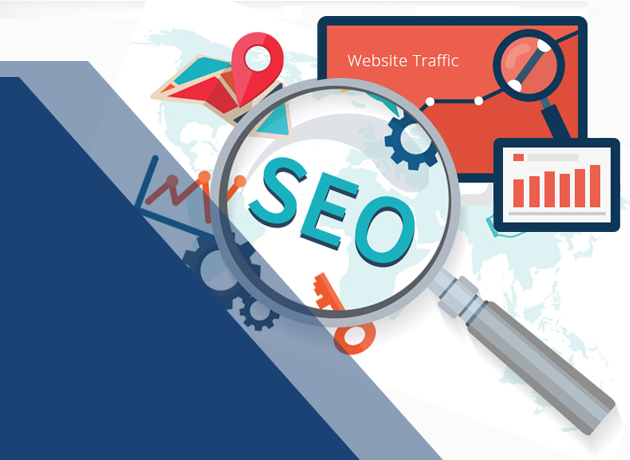
Search engine optimization, or “SEO” for short, is the practice of improving the visibility and rankings of a website or web page in search engine results pages (SERPs). This can be done through various techniques, including keyword research, on-page optimization, and off-page optimization.
SEO is an important part of online marketing and can help boost traffic and lead to increased website sales. It can also help reduce the amount of time needed to achieve a desired result.
So, what is SEO? In a nutshell, SEO is the process of optimizing a website or web page to make it more visible and relevant to search engines. This can include things like optimizing content for search engine results pages (SERPs), establishing links to the site from high-quality sources, and working to improve the site’s overall design.
In order to achieve the most results from SEO, it’s important to understand how search engines work. Specifically, you need to know the different types of search engines, how they index and rank websites, and the importance of on-page optimization.
Once you understand these basics, you can begin to optimize your website or web page for the search engines. There are a number of different techniques you can use, and the most effective approach is often based on the specific needs of your site and the competition.
There are a few different types of SEO. Structured and natural search optimization. Structured search optimization is the process of designing and implementing a search engine optimization strategy that takes into account the specific needs of a web site. Natural search optimization is the use of techniques that help a site rank higher in search engine results pages (SERPs) based on the natural attraction of the site’s content
Search engine optimization (SEO) is the process of making your website visible and rank high in search engine results pages (SERPs). This can be done through improving the on-page optimization of your website, as well as through off-page optimization such as link building.
Improving your website’s on-page optimization is the most important step in SEO. This means ensuring your website content is high-quality, well-organized, and easy to find. You should also make sure your website’s title tags, Meta descriptions, and images are optimized for search engine results.
Off-page optimization is also important for SEO. This means building links to your website from high-quality websites. You can do this through content Marketing, Blogging, or Paid Advertising.
SEO is a continual process that requires constant effort and dedication. By following these tips, you can ensure your website is optimized for search engine results and gives you the best chance of being found by potential customers.
Are you tired of all the spammy, irrelevant, and downright scary blog titles? Do you want to give your blog a more professional and user-friendly feel? Title tags and meta descriptions are two simple ways to help you do just that.
By following these tips, you can give your blog a more professional look and feel – and hopefully reduce the amount of spammy, irrelevant, and downright scary blog titles out there.
There is no doubt that search engine optimization (SEO) is a complex and ever-changing field. However, there are some things that will remain constant as the industry continues to evolve. One of these is that SEO will always be a key component of a successful online business.
That said, a number of misconceptions about SEO need to be addressed if businesses are to remain competitive in the online marketplace. Here are five of the most common myths about SEO and how to debunk them:
This misconception is often perpetuated by those who are not familiar with the process. SEO is not an easy undertaking, but it is not impossible for a business with limited resources to optimize its website for better search engine visibility. In order to achieve the best results, however, proper planning and execution are essential.
While having a high page rank is one factor that contributes to a website’s visibility in search engines, it is not the only factor. There are many other factors that must be considered when optimizing a website for search engine visibility, including the content on the website, the design, the links to the website, and the overall marketing strategy.
While it is true that ranking high in the SERPs is one of the main goals of SEO, it is not the only goal. Good SEO also includes optimizing a website for better user experience, improving the site’s overall layout, and promoting the website through effective online marketing campaigns.
In order to improve a website’s rank, it is necessary to first identify the keywords that are relevant to the website’s content and target those keywords in the website’s content and on the website’s links. However, good SEO also includes improving the website’s overall design, content quality, and overall user experience.
While English is undoubtedly the dominant language in the world, SEO does not require a website to be in English. There are many languages that can be used on a website to improve its search engine visibility, and many SEO experts believe that targeting a particular language or region can improve a website’s ranking.
Recent Comments